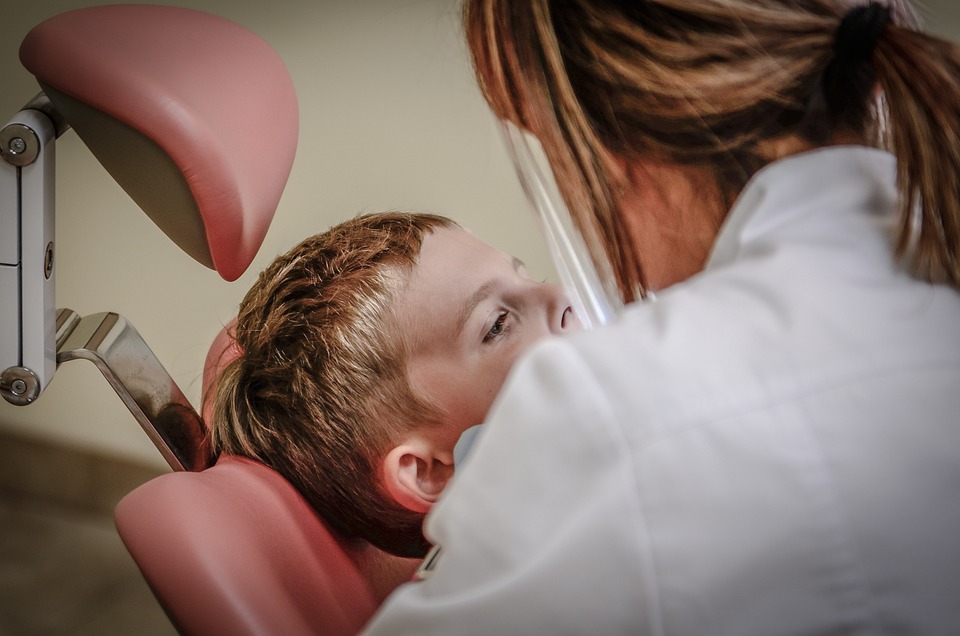
Whisker Wisdom: Essential Dental Care Tips for Raising Healthy and Happy Kittens
Welcoming a new kitten into your home is a joyful experience filled with playful antics and adorable purrs. While ensuring your kitten is well-fed, vaccinated, and loved is crucial, dental care is often an overlooked aspect of their health. Just like humans, kittens require proper oral hygiene to prevent dental diseases and ensure their overall well-being. In this guide, we’ll explore essential dental care tips that will help you raise a healthy and happy kitten.
Understanding Kitten Dental Development
Before diving into the specifics of dental care, it’s important to understand the stages of a kitten’s dental development. Kittens, like human infants, are born without teeth. Their baby teeth, also known as deciduous teeth, start to emerge at around 2-3 weeks of age. By the time they are 8 weeks old, most kittens will have a full set of 26 baby teeth.
These baby teeth will eventually fall out, making way for 30 permanent adult teeth that typically emerge between 3 to 6 months of age. During this time, your kitten might experience some discomfort, which can be alleviated with appropriate care and attention.
The Importance of Dental Care for Kittens
Dental care is vital for kittens for several reasons:
- Prevention of Dental Diseases: Without proper care, kittens can develop dental diseases such as gingivitis, periodontal disease, and tooth resorption, which can lead to pain, tooth loss, and systemic health problems.
- Overall Health: Oral health is closely linked to overall health. Poor dental hygiene can lead to bacterial infections that can spread to other organs, including the heart and kidneys.
- Comfort and Nutrition: Healthy teeth and gums ensure that your kitten can eat comfortably, getting the nutrition they need to grow and thrive.
Getting Started with Kitten Dental Care
Initiating dental care at an early age is crucial. Here are some steps to get started:
1. Introduce Toothbrushing Early
Introducing your kitten to toothbrushing early in life will help them become accustomed to the routine. Start by gently handling your kitten’s mouth and teeth, making it a positive experience with praise and treats.
Once your kitten is comfortable, use a small, soft-bristled toothbrush or a finger brush designed for pets. Apply a pet-safe toothpaste – never use human toothpaste, as it can be toxic to cats. Begin by brushing gently in small circular motions, focusing on the gum line where plaque tends to accumulate.
2. Establish a Routine
Consistency is key when it comes to dental care. Aim to brush your kitten’s teeth daily or at least several times a week. Regular brushing will help prevent plaque buildup and reduce the risk of dental diseases.
3. Monitor for Teething Signs
During the teething phase, your kitten might chew on objects more frequently. Provide safe chew toys to alleviate discomfort and protect your belongings. Monitor your kitten for any signs of pain, such as refusing food or pawing at their mouth, and consult your veterinarian if necessary.
Additional Dental Care Tips
Beyond toothbrushing, there are other strategies to maintain your kitten’s dental health:
1. Dental Diets and Treats
Consider incorporating dental-specific diets or treats into your kitten’s routine. These products are designed to reduce plaque and tartar buildup through their texture and formulation. Consult your veterinarian for recommendations on appropriate dental diets or treats for your kitten.
2. Regular Veterinary Check-ups
Regular veterinary check-ups are essential for monitoring your kitten’s dental health. Your veterinarian can perform professional cleanings and identify any dental issues early on, preventing more serious problems down the road.
3. Water Additives and Oral Rinses
Water additives and oral rinses can also be effective in maintaining oral hygiene. These products help reduce bacteria in the mouth and freshen your kitten’s breath. Ensure any products you use are specifically formulated for cats.
Recognizing Dental Problems
Despite your best efforts, dental problems can still arise. Knowing the signs of dental issues can help you address them promptly:
- Bad Breath: Persistent bad breath can be a sign of dental disease.
- Red or Swollen Gums: Inflamed gums may indicate gingivitis or periodontal disease.
- Drooling: Excessive drooling can be a sign of oral discomfort or dental disease.
- Changes in Eating Habits: Reluctance to eat, dropping food, or preferring soft food over dry kibble can indicate dental pain.
- Pawing at the Mouth: Your kitten may paw at their mouth if they experience oral discomfort.
If you notice any of these signs, schedule a visit to your veterinarian for a thorough examination and appropriate treatment.
Creating a Positive Dental Care Experience
Making dental care a positive experience is crucial for your kitten’s cooperation and comfort:
1. Use Positive Reinforcement
Reward your kitten with praise, petting, or treats after each dental care session. Positive reinforcement will help your kitten associate dental care with positive experiences.
2. Be Patient
Introducing dental care can take time. Be patient and gentle, allowing your kitten to adjust at their own pace. Gradually increase the duration and thoroughness of each session as your kitten becomes more comfortable.
Conclusion
Proper dental care is a fundamental aspect of raising a healthy and happy kitten. By understanding their dental development, establishing a dental care routine, and being vigilant for signs of dental problems, you can ensure your kitten enjoys optimal oral health. With love, patience, and a little whisker wisdom, you’ll set your furry friend on the path to a lifetime of purrs and smiles.
#ChatGPT assisted in the creation of this article.








